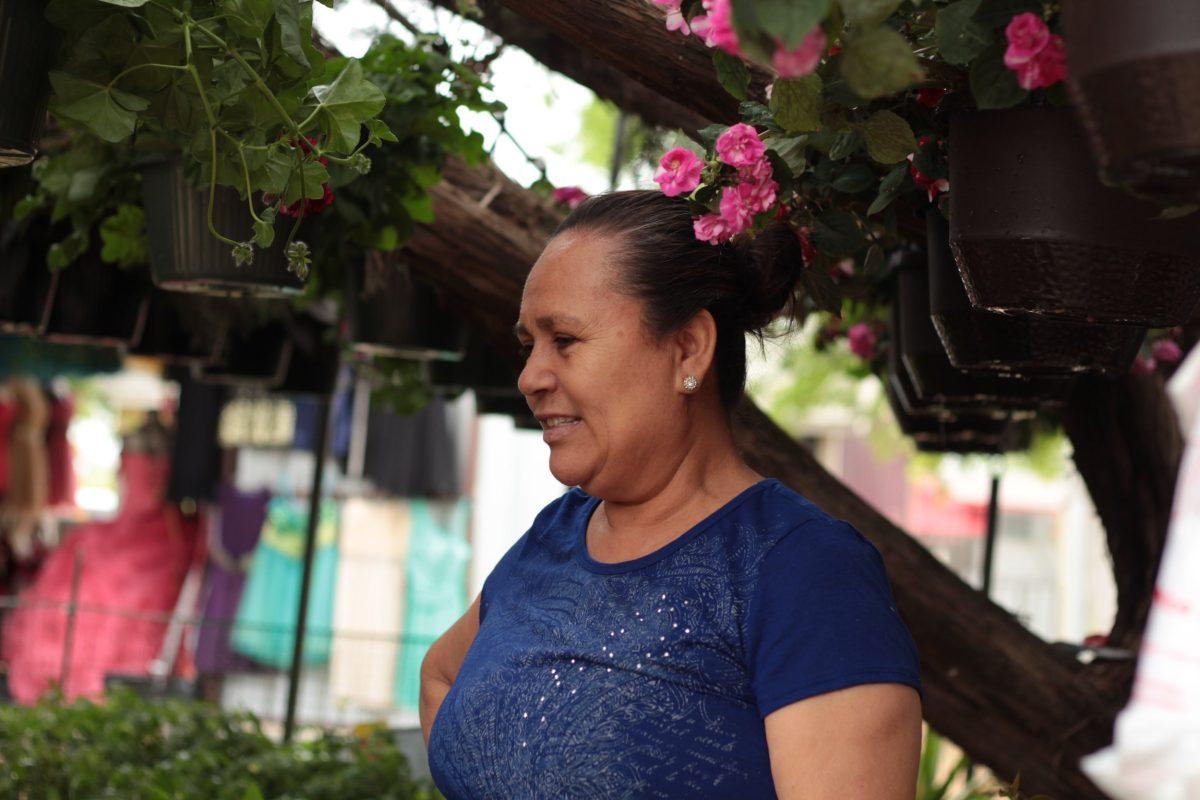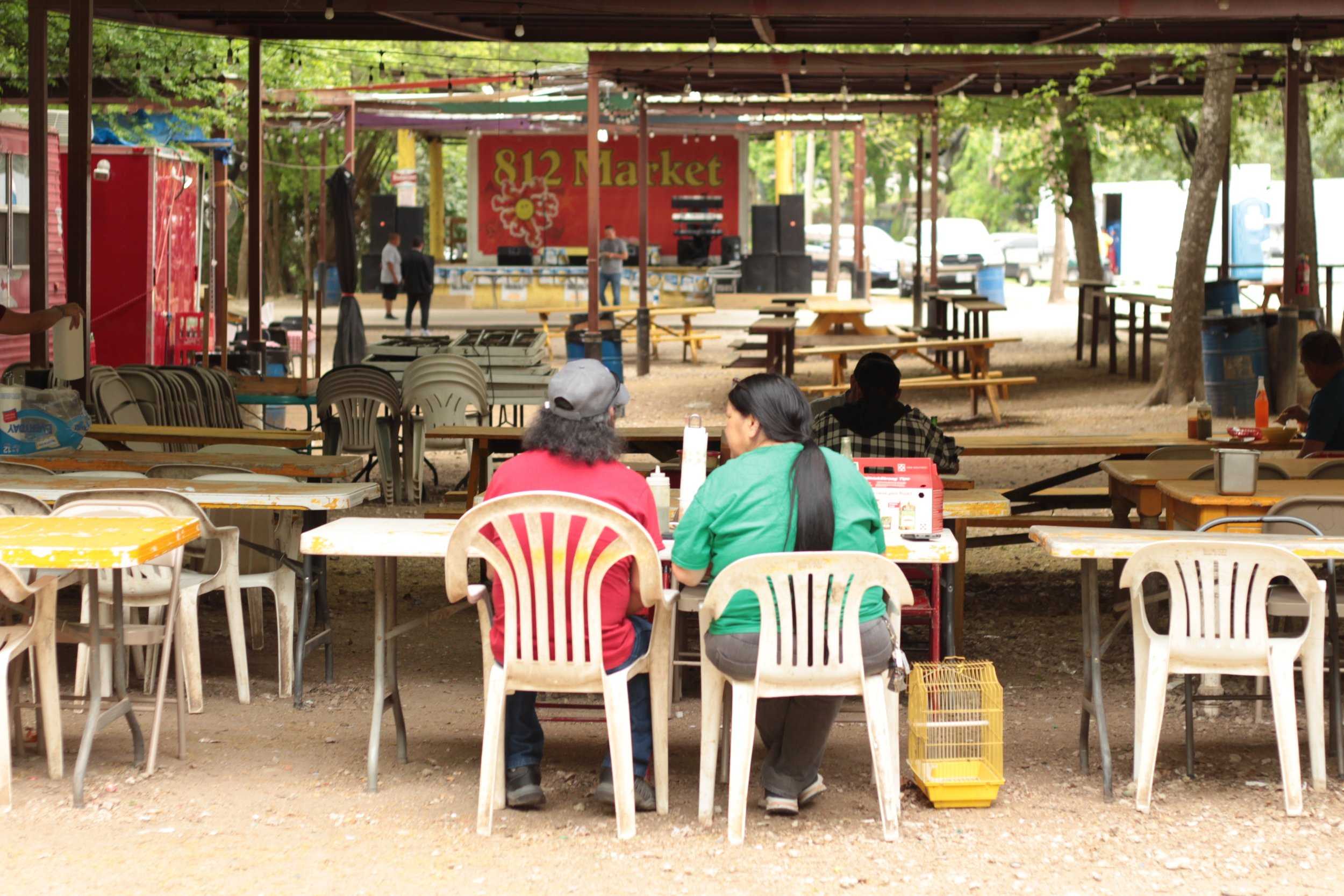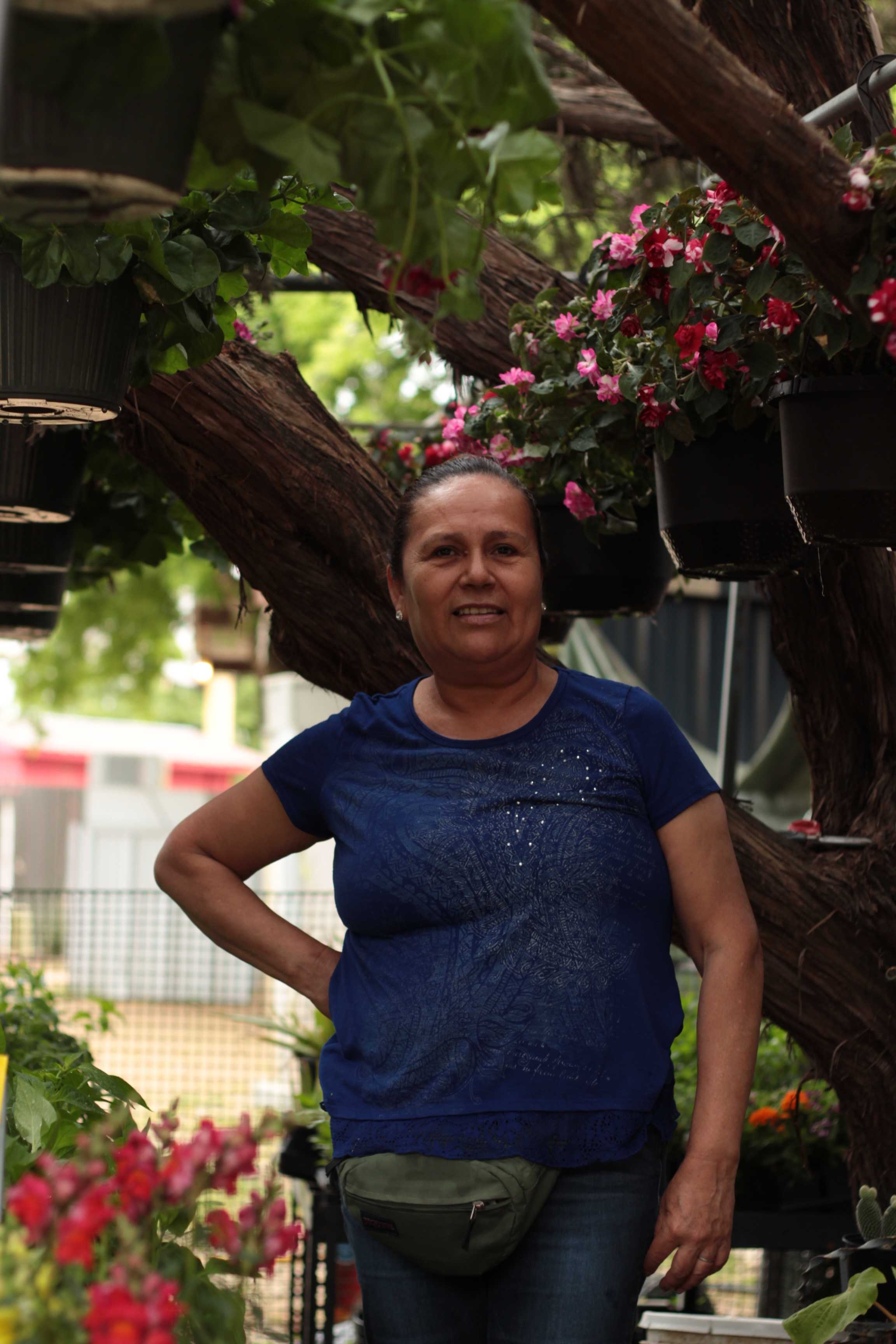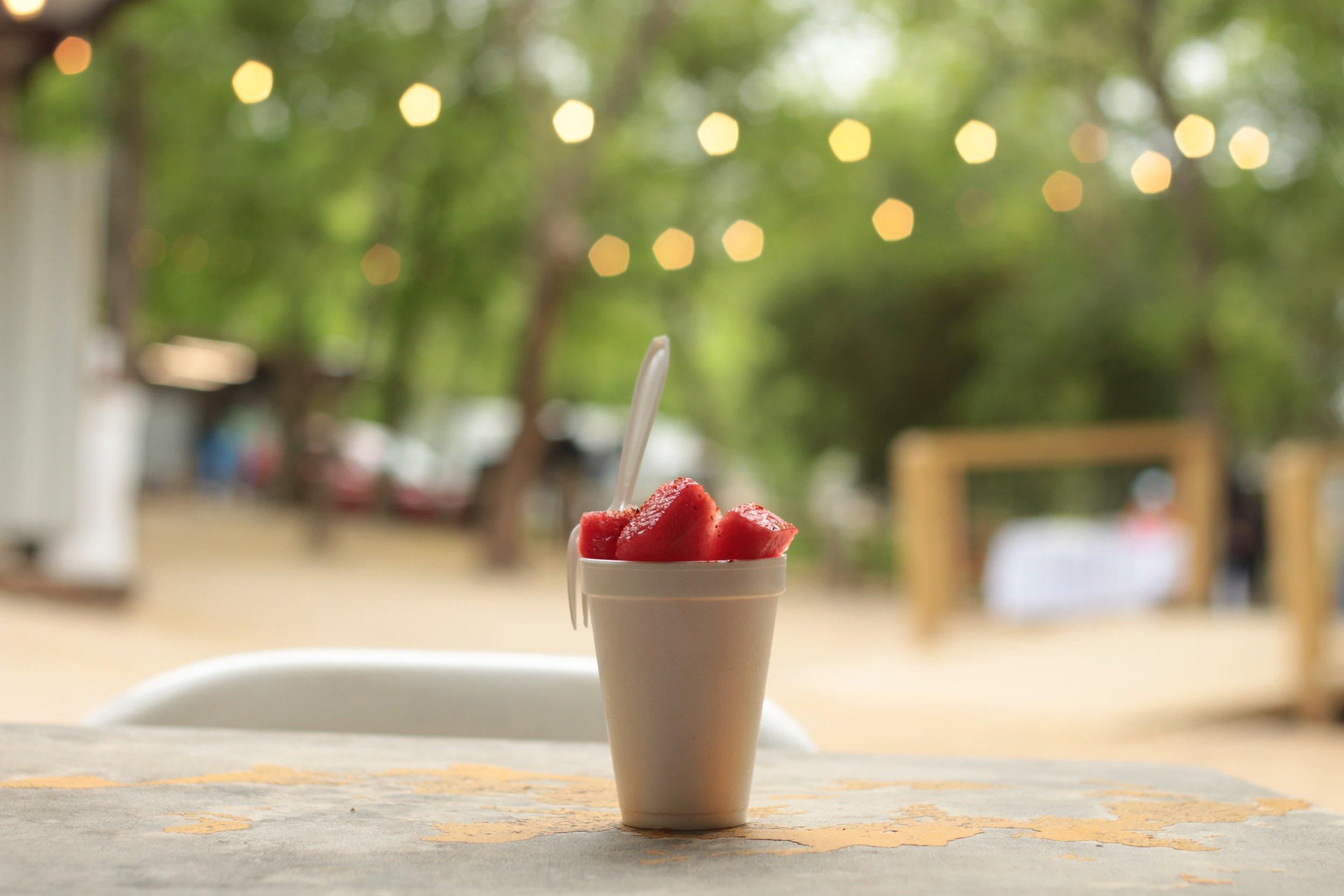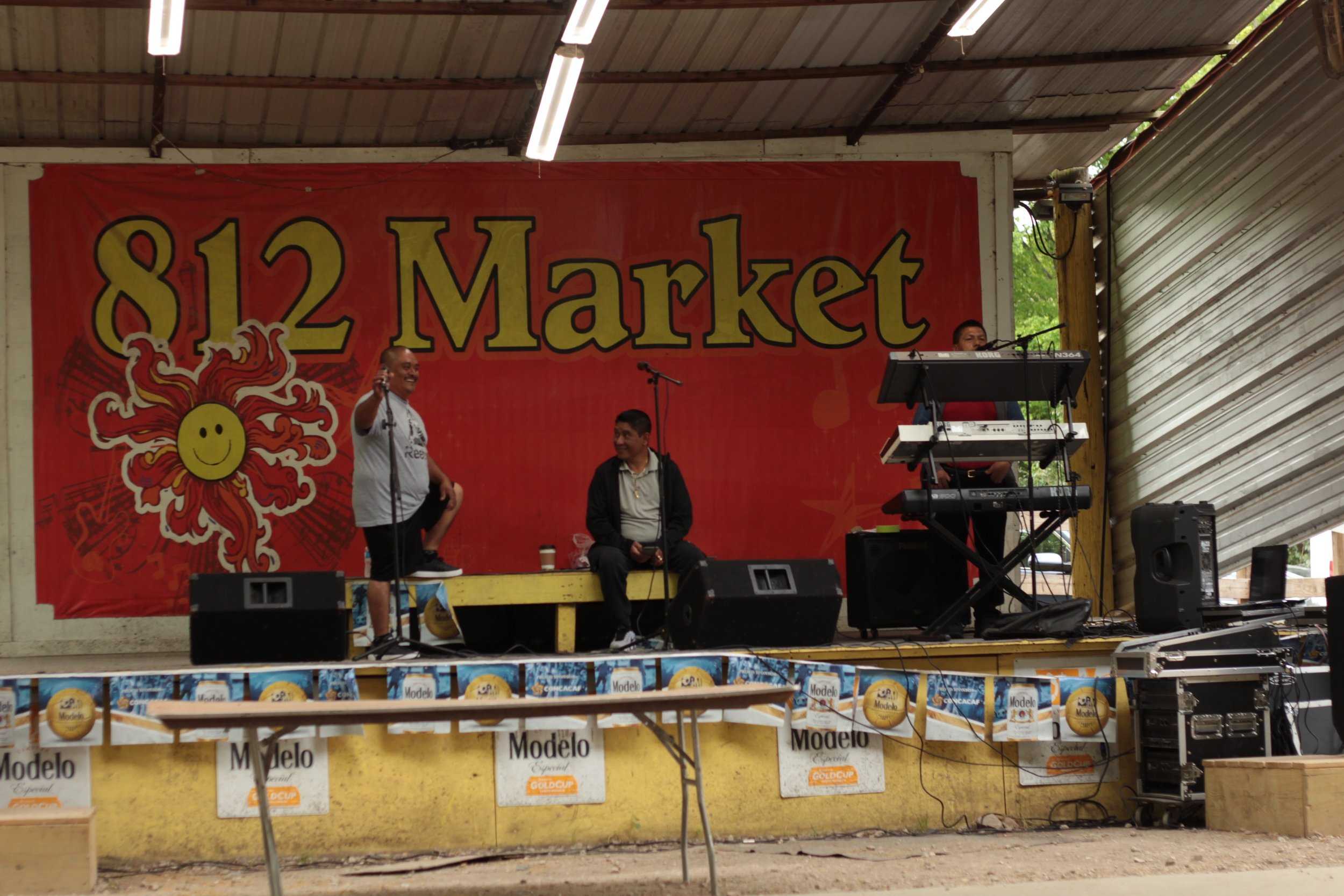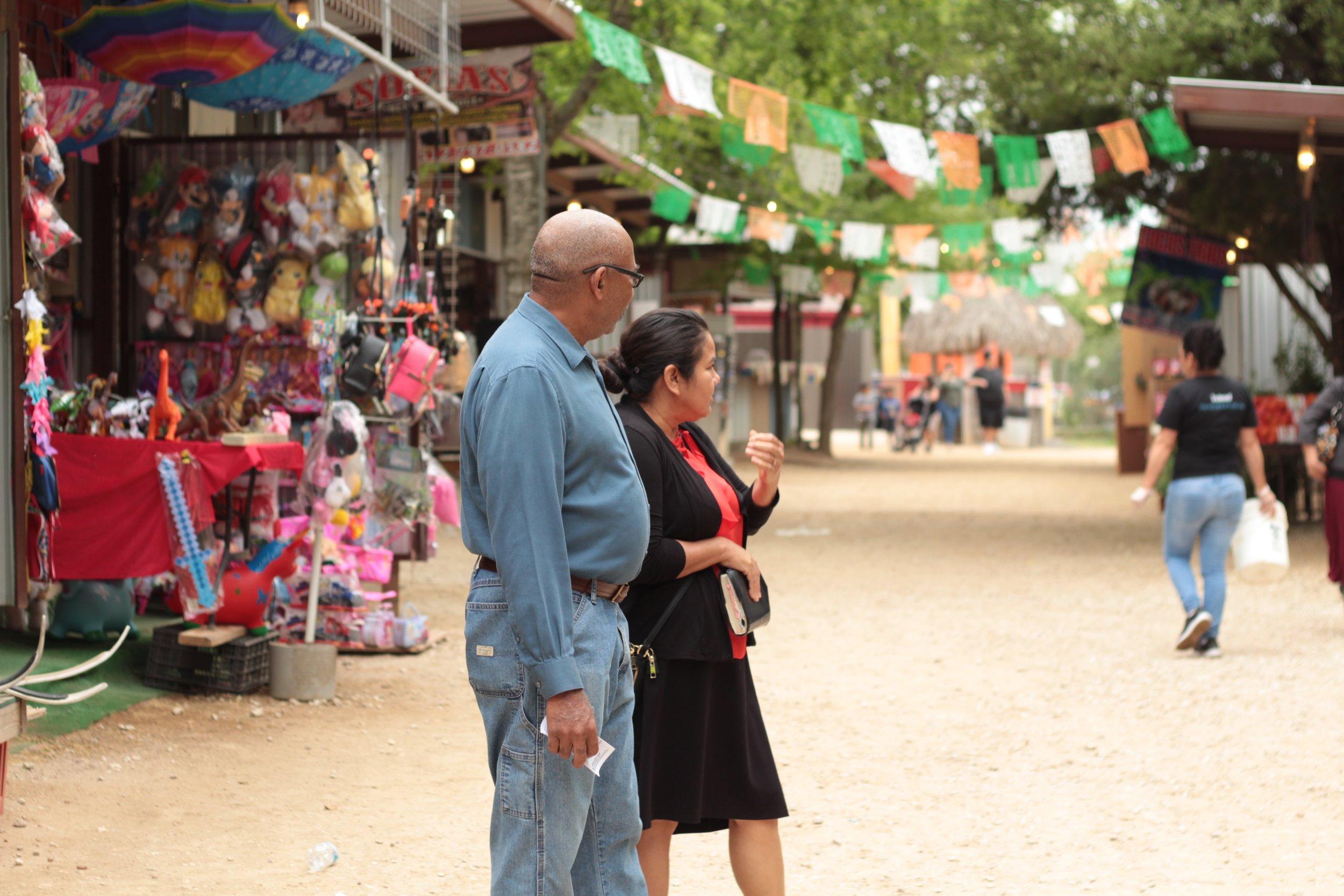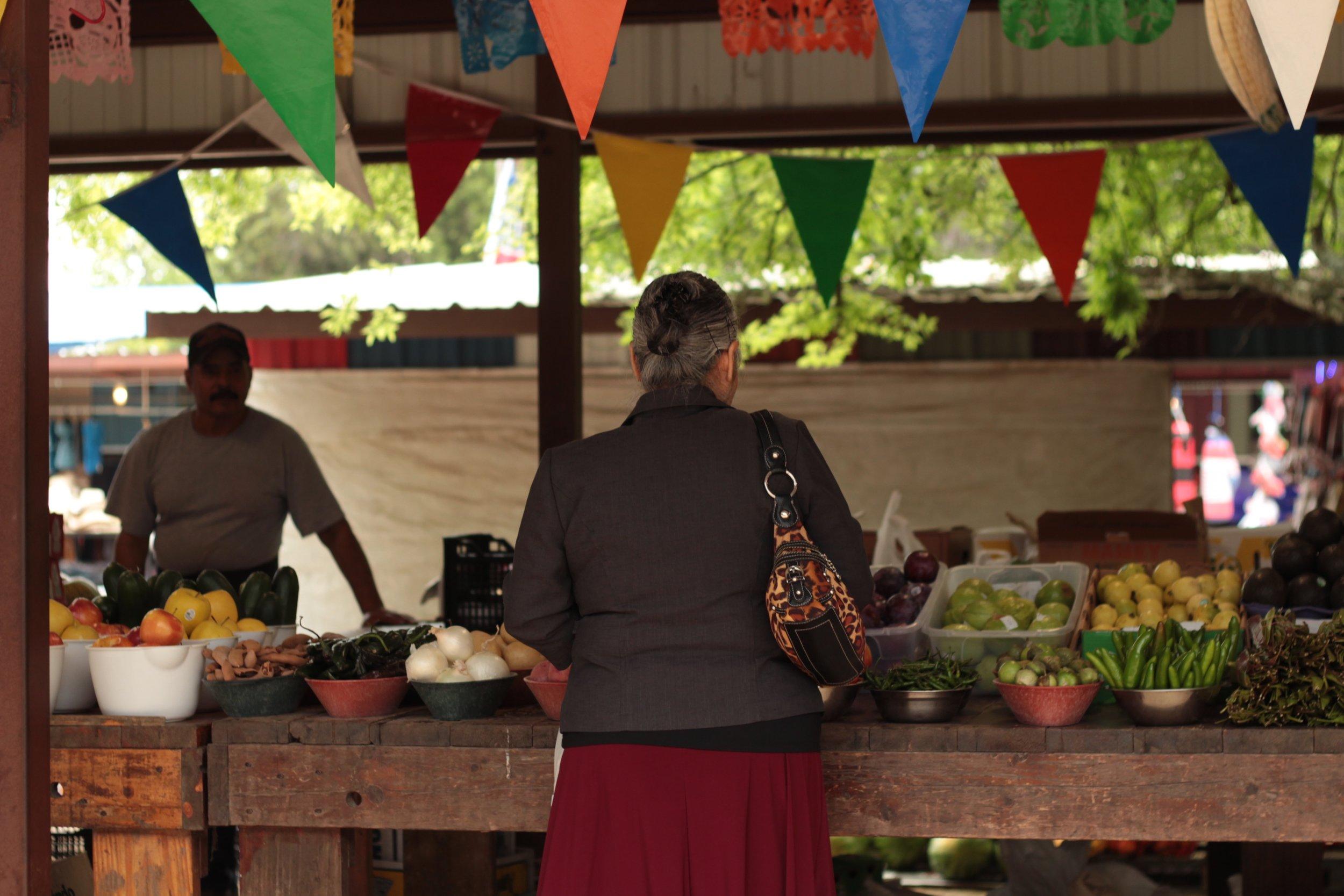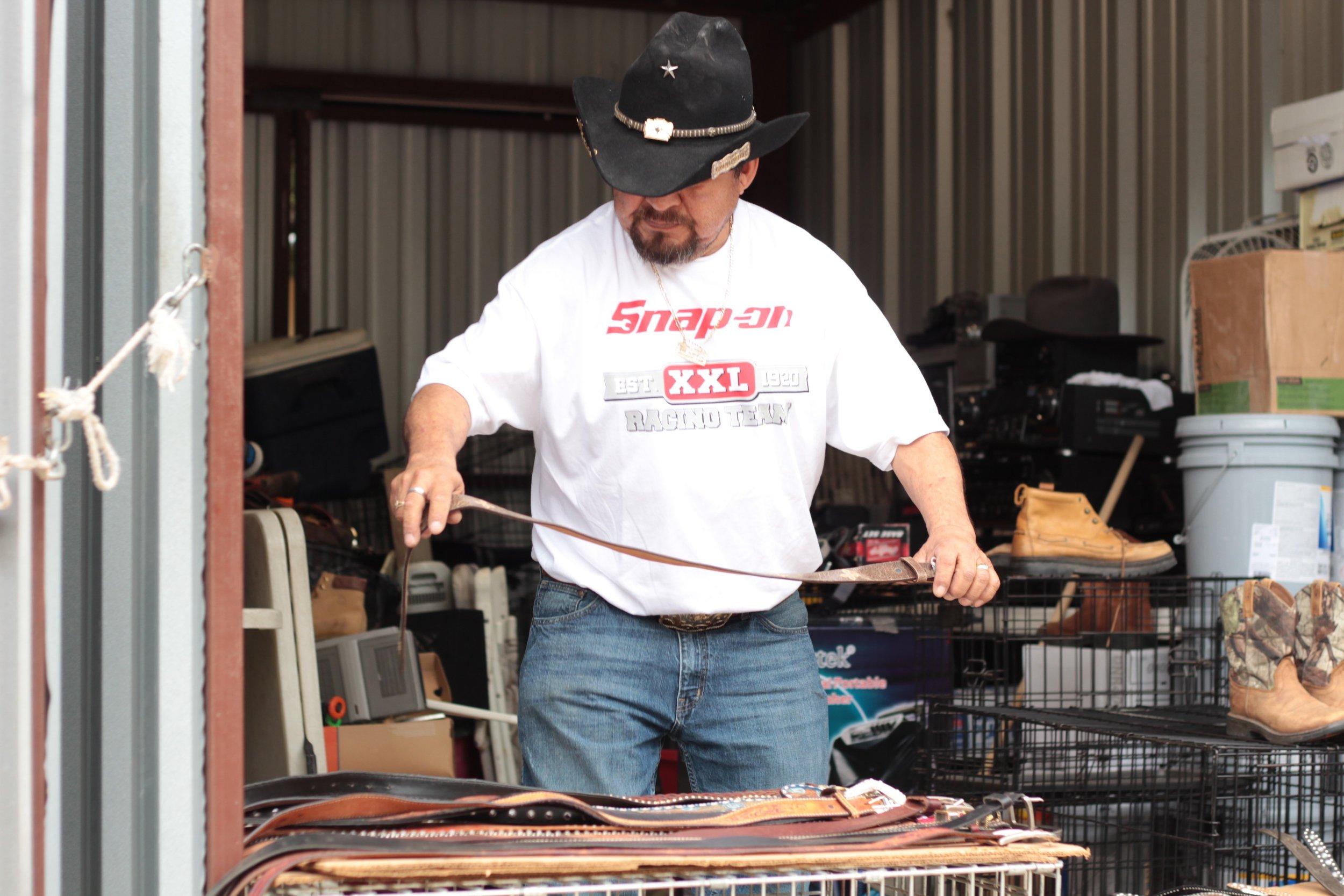Editor’s Note: To maintain privacy, full names of sources were omitted upon request.
A couple enjoys authentic tacos from a food truck at the 812 Market cafeteria on a relaxing Saturday morning
In the heart of Riverside sits an empty lot that is set to become the Riverside Arts District. Formerly the home of a weekly Mexican Market, El Gran Mercado, the space now serves as a reminder to locals of the gentrification of their community. Though it has yet to be built i the Riverside Arts District is already leaving its mark on Southeast Austin.
Story by Laiken Neumann
Photos by AJ Lazo-Kim
The soon to be empty-lot-turned-arts-district off of Pleasant Valley Road has sparked divisiveness between Riverside residents and the city of Austin with more tension unfolding at a recent community meeting on March 27 at which seven protestors were arrested.
A primarily working-class community of color, Riverside provides affordable housing for both students and families in the Southeast Austin area. Recently however, development firms like Presidium Group, the future developer of the Arts District and the owner of Ballpark Apartments, one of the aforementioned housing options. a
Vendor Patri speaks with shoppers about the variety of plants she has to offer at the 812 Market.
Just down the street from the vacant lot is the recently established Austin campus for Oracle,a large computer software company that has been planting its corporate roots throughout Texas. It’s no secret that as a result of these relocations from other states, Austin’s population is growing at an exponential rate. This growth causes a rift in Austin’s low-income minority communities by pushing them out of their neighborhoods, as seen in East Austin, and now in Riverside.
The Riverside Arts District, a joint project between Presidium Group and Austin Creative Alliance, was announced in 2018, with plans to create “pop-up” spaces for artists to open earlier this year.construction on the permanent Arts District is set to begin in 2020. The space is intended to house Austin Creative Alliance (ACA), Sun Radio, Tapestry Dance Company, Almost Real Things, Pump Project, Soundwaves Art Foundation, and others.
Anything one can imagine can be discovered at the 812 Market, from fresh fruits and vegetables, hand woven shoes, to livestock and video games. This market provides a unique and culturally immersive experience.
In an interview with the Austin Chronicle, director of Sun Radio, Daryl O’Neal, discusses the station’s relocation from Bee Cave to the Riverside Arts District, where their rent will be nearly half of what they paid beforehand. “This district is trying to create an environment where the live music capital of the world can support artists, because the government certainly isn’t doing it,” O’Neal says. “There aren’t a lot of choices out there.”
While, the goal of this project is to stay true to its mission to “Keep Austin Weird” by providing spaces for artists, but it simultaneously marginalizes many of the communities that the city is home to.
Performers at the 812 Market prepare for a live show before rush hour. Here, they play a variety of Mexican banda music that shoppers can sing along to.
Defend Our Hoodz, an organization dedicated to preventing and protesting the gentrification of Austin communities, particularly those of East Austin and Riverside, has taken a stand against the Arts District. They called for a boycott of any of the artists or organizations involved in the project when it was announced last year. Defend Our Hoodz member and resident of the nearby apartments, Jessica, addresses the developers’ use of art to shield their attempts to make the community more appealing to more affluent newcomers, a strategy known as “artwashing.” “They are polishing up our community to sell it–the thing with the arts district is that they want to paint it as a community arts district for Riverside, but the artists are not from Riverside,” Jessica says. I think it is really disingenuous of ACA and the artists involved to present artists of color and queer female artists and use them as a prop to say, ‘How can we be displacing communities of color?’ You can still be a gentrifier no matter your skin tone. They are pushing the narrative that you can’t criticize people of color, which actually silences the voices of the tenants that live here. This is why it’s necessary for us to speak against these oppressors.”
Shoppers enjoy a beautiful Saturday morning at the 812 Market.
While low, albeit rising, rent in the area provides affordable housing, it also allows the landlords of Riverside apartment complexes to take advantage of their primarily working-class tenants. One example of this is Ballpark Apartments, one of the complexes that sits just across the street from the empty lot on Pleasant Valley. Jessica describes common instances of landlords neglecting their residents’ living concerns, whether it be removing furniture from their apartment or putting off their work-orders. One of the current goals of Defend Our Hoodz is to mobilize these tenants and allow their voices to be heard.
The 812 Market offers a variety of goods ranging from candies to livestock.
While the residents of Riverside are fighting to hold on to their community, instances of relocation have already taken place. Until a few years ago, the empty Pleasant Valley lot was home to the Pleasant Valley Flea Market, otherwise known as El Gran Mercado. Some of the vendors have relocated to a new space, La Pulga del 812, or the 812 Outdoor Market, which rests southeast of Riverside near Austin-Bergstrom Airport. The relocation of these vendors is one of the many examples of Austin’s communities of color being forced out of their own spaces and further into the outskirts of the city. “Gentrification comes as a wave,”Jessica says. “Slowly and slowly more businesses open up that are hipster and expensive, that cater towards an audience that is not the Riverside community. These developments aren’t for the poor people that live there already.”
Vendor Ricardo lays out leather belts before he opens for business at the 812 Market.
The Arts District isn’t set to be complete until 2022, but it has already begun to make its mark on the Riverside community. As Austin’s population continues to grow rapidly and its prices increase, space becomes a more urgent issue each day, and in the case of the Arts District is no different. With other possible developments such as the Domain on Riverside brewing, this project serves as another step closer to removing the residents of Riverside from their own community.































